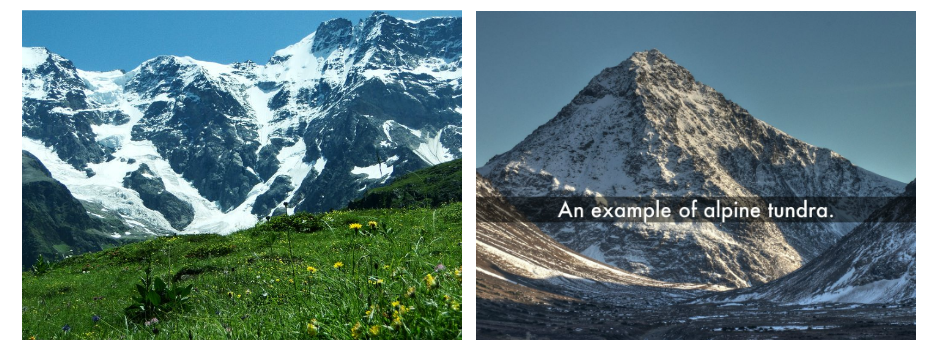Terminology
Ecology: is the scientific
Ecosystem: is the integrated study of living biotic and non living abiotic components of
Population:all the inhabitants of a particular town, area, or country.
community:a group of people living in the same place or having a particular characteristic in common.
biome:a large naturally occurring community of flora and fauna occupying a major habitat
biotic factor: is any living component that affects another organism, including animals that consume the organism in question, and the living food that the organism consumes.
abiotic factor:are those non-living chemical and physical parts of the environment that affect ecosystems.
biodiversity: the variety of life in the world or in a particuler habitat or ecosystem.
keystone:a central stone at the summit of an arch, locking the whole together.
species:a group of living organisms consisting of similar individuals capable of exchanging genes or interbreeding. The species is the principal natural taxonomic unit, ranking below a genus and denoted by a Latin binomial
autotroph: an organisam that makes its food
consumer:a person or thing that eats or uses something.
photosynthesis:the process by which green plants and some other organisms use sunlight to synthesize foods from carbon dioxide and water
herbivore: eats only plants
carnivore: eat other organisams
omnivore: eats both plants and animals
detritivore: it eats died animals
decomposer: puts all the food back to the soil
specialist:a person who concentrates primarily on a particular subject or activity; a person highly skilled in a specific and restricted field.
generalist:a person competent in several different fields or activities
traphic levels:each of several hierarchical levels in an ecosystem, comprising organisms that share the same function in the food chain and the same nutritional relationship to the primary sources of energy.
food web:a system of interlocking and interdependent food chains
hydrologic cycle: the natural sequence through which water passes into the atmosphere as water vapor, precipitates to earth in liquid or solid form, and ultimately returns to the atmosphere through evaporation.
biogeochemical cylce:substance turnover or cycling of substances is a pathway by which a chemical substance moves through both biotic (biosphere) and abiotic (lithosphere, atmosphere, and hydrosphere) compartments of Earth.
nitrogen fixation:the chemical processes by which atmospheric nitrogen is assimilated into organic compounds, especially by certain microorganisms as part of the nitrogen cycle.
biomass:the total mass of organisms in a given area or volume
energy pyramid:The different levels represent different groups of organisms that might compose a food chain. From the bottom-up, they are as follows: Producers — bringenergy from nonliving sources into the community.
habitat:the natural home or environment of an animal, plant, or other organism.
niche:place or position (something) in a niche.
